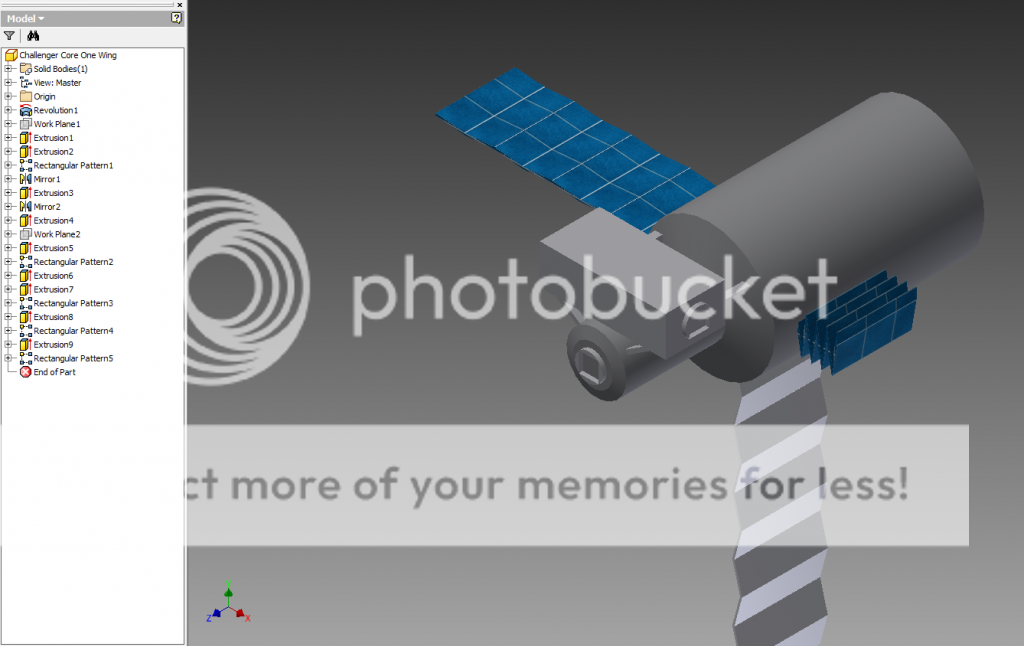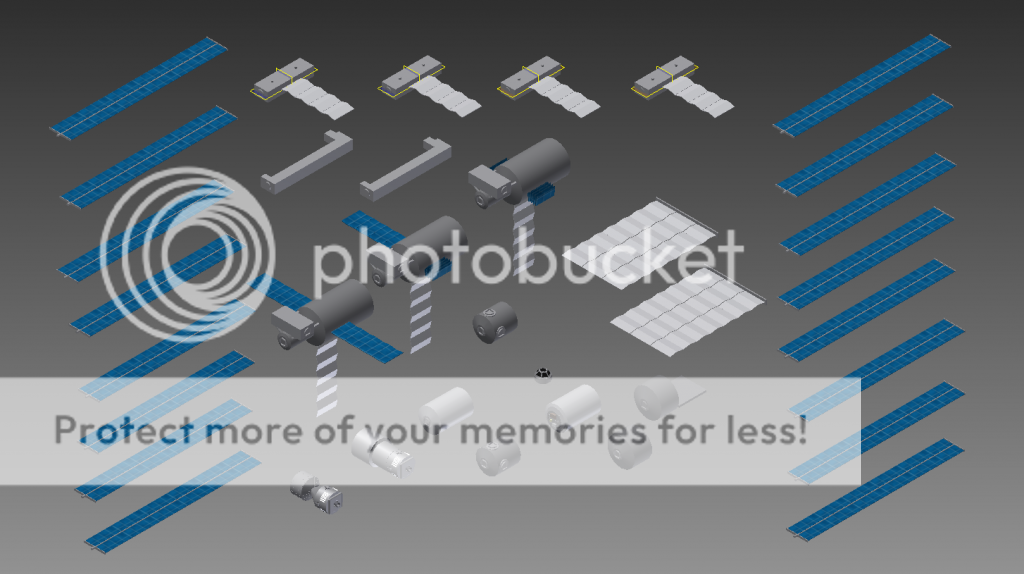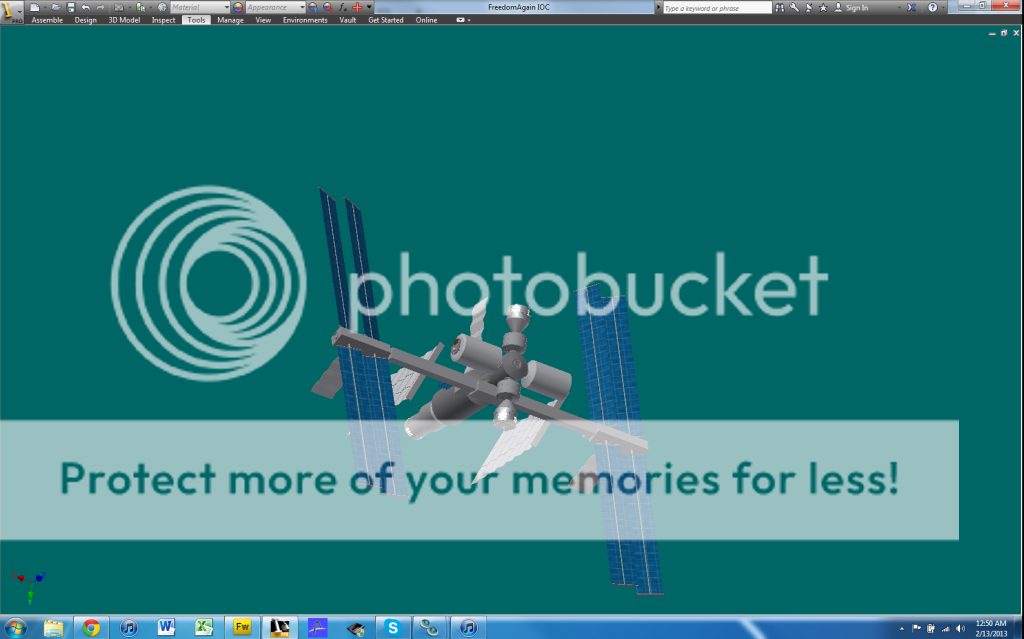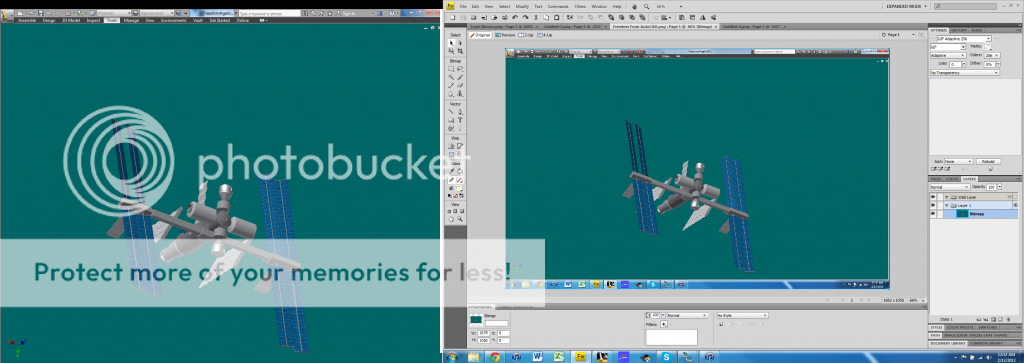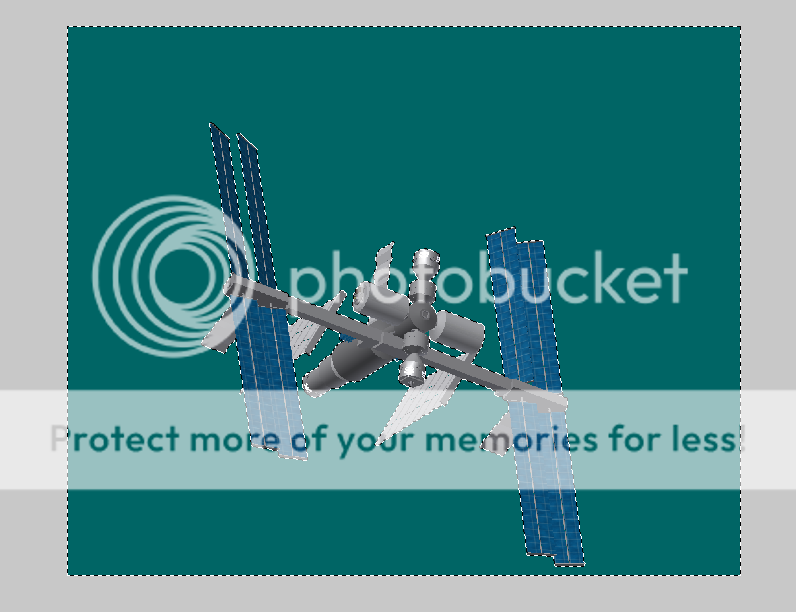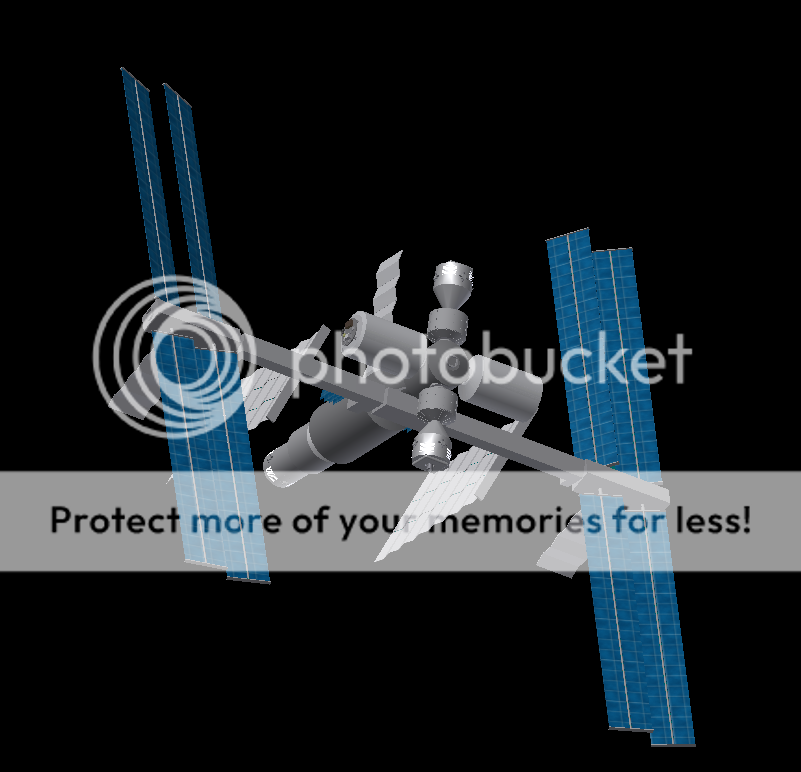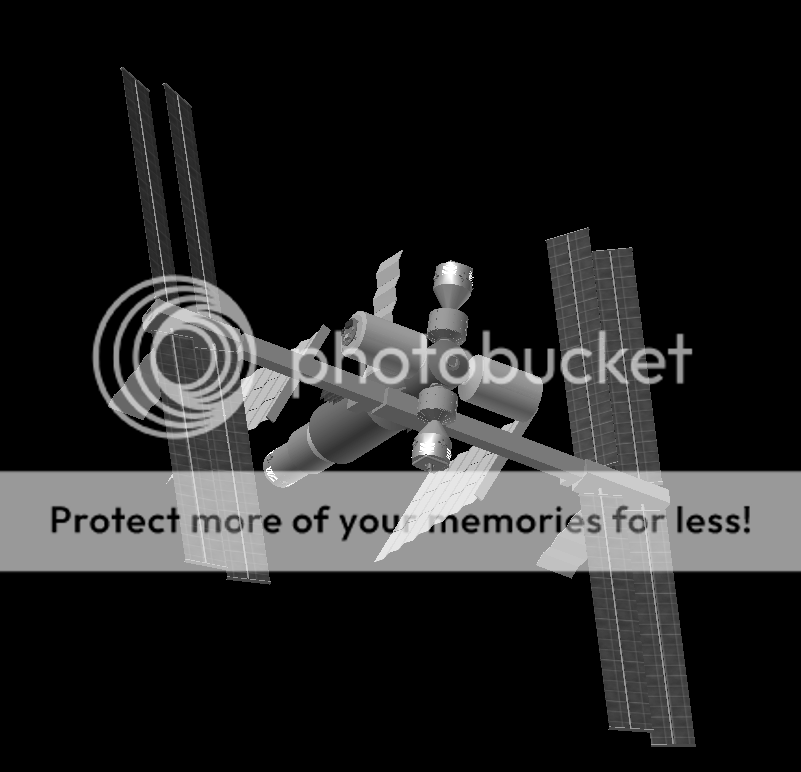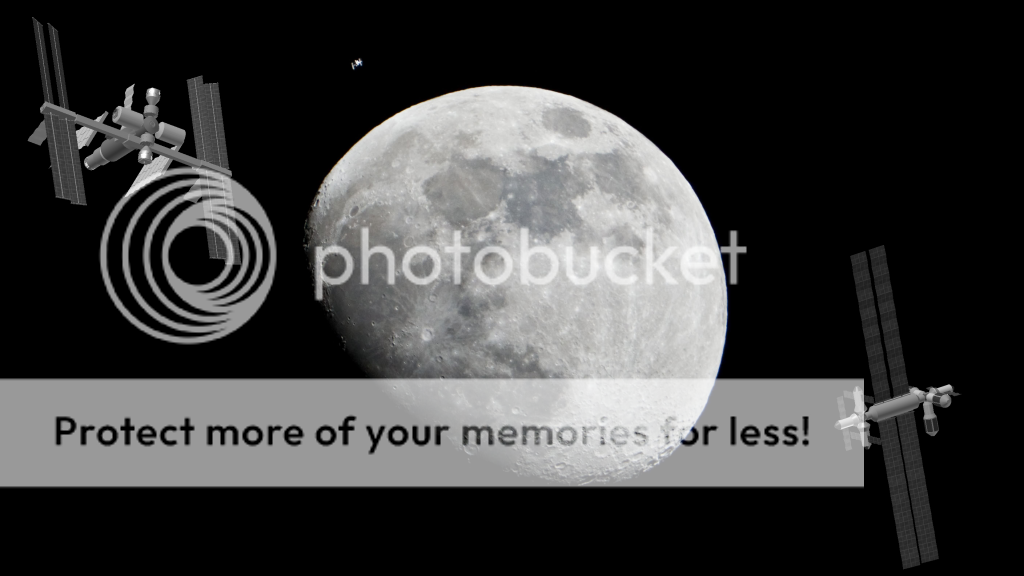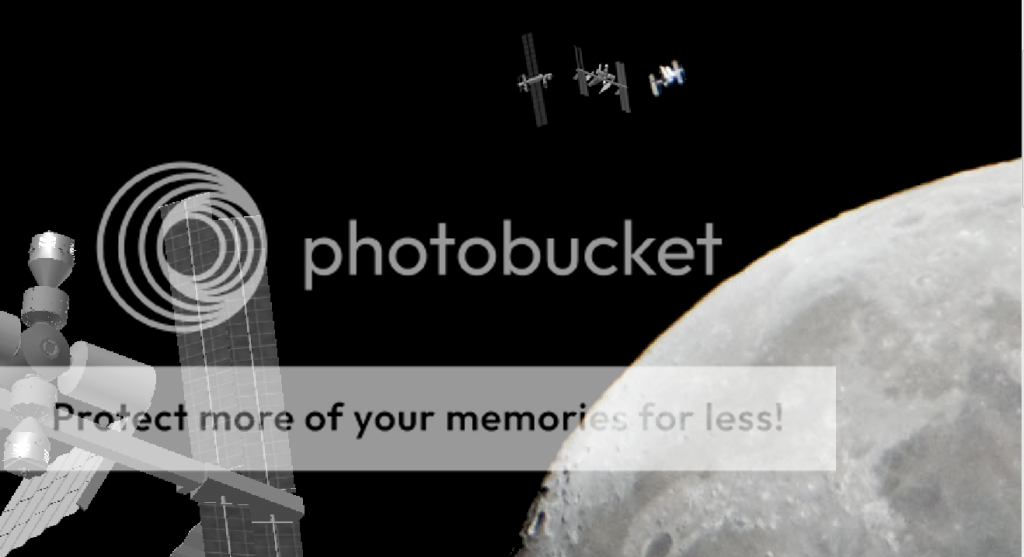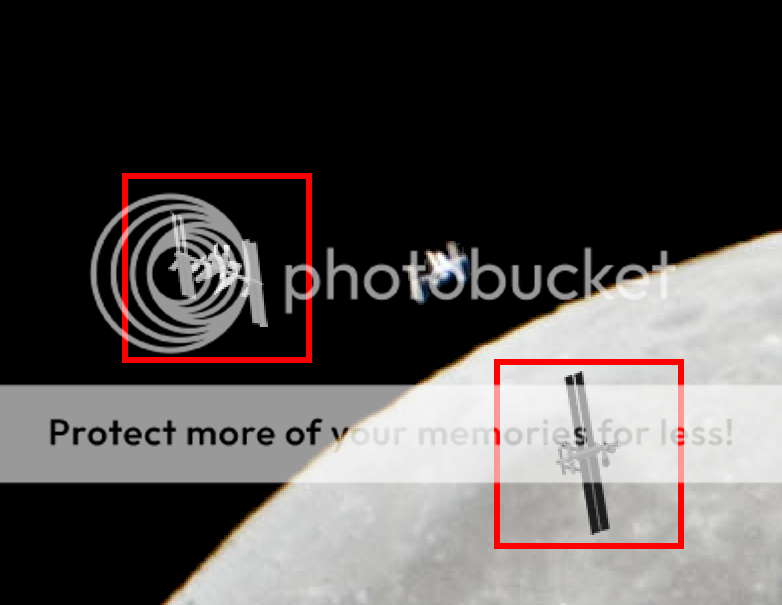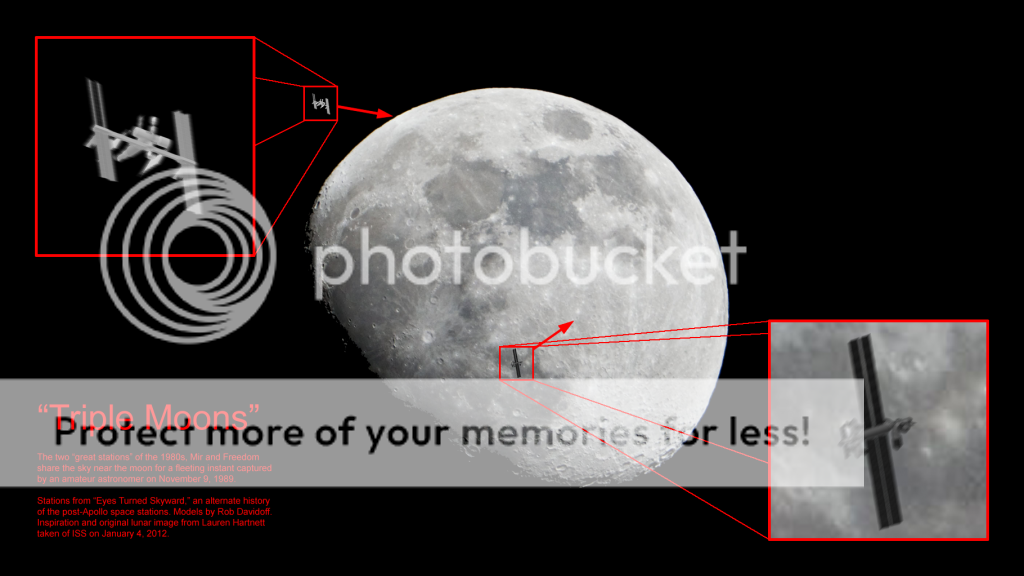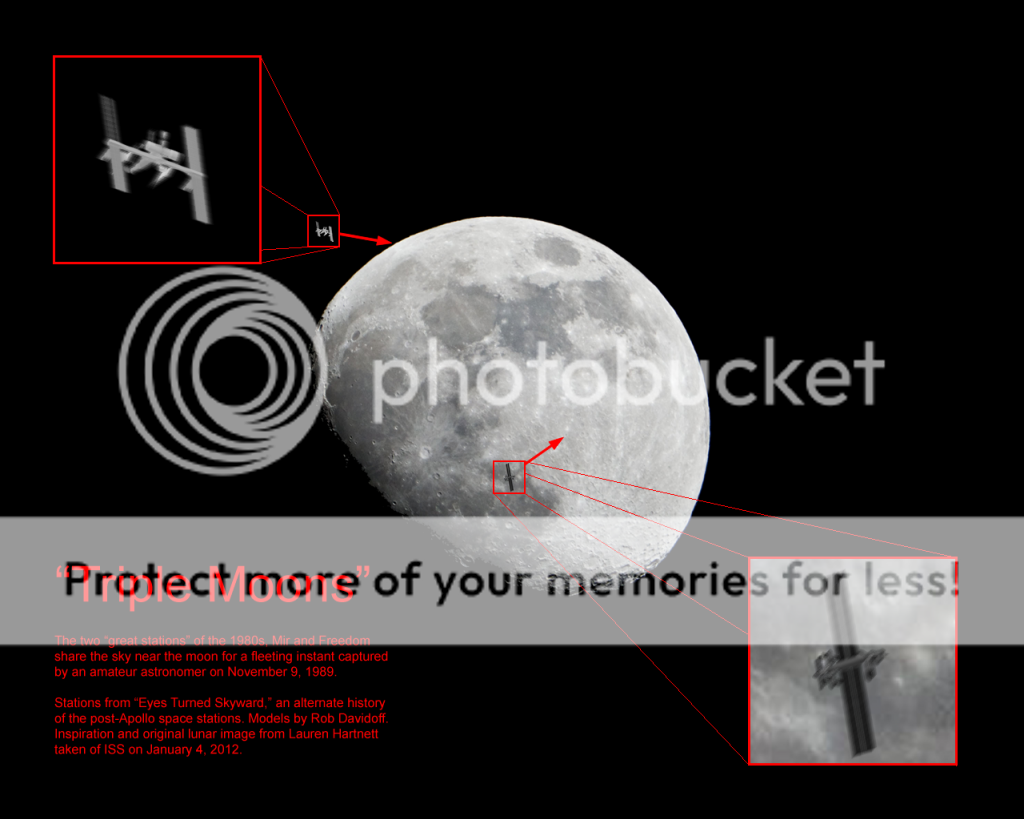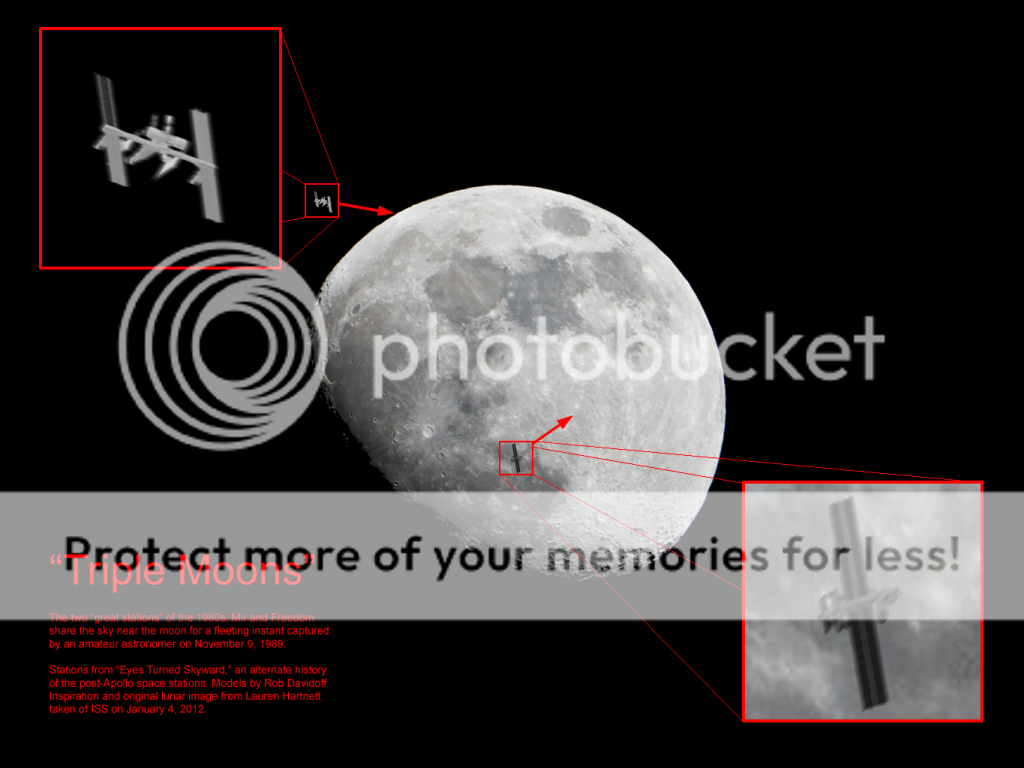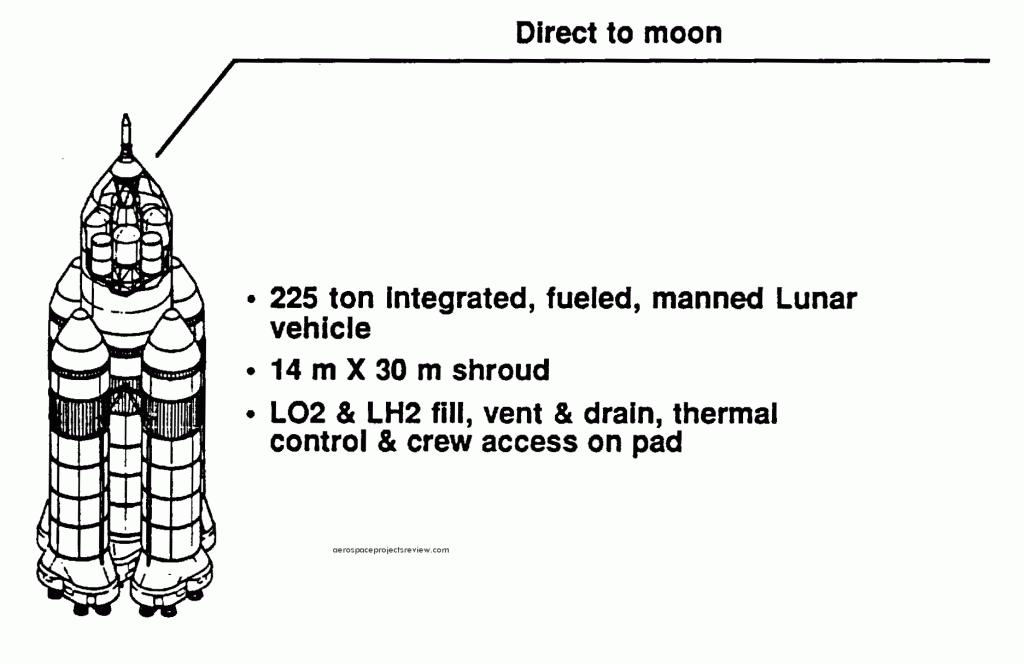Sorry for the delay this week, homework's been a bit of a pain lately. Anyway, this week, we're returning to the public case for space with another look at the field of space advocacy and the organizations involved. 1209 replies, 149574 views.
Eyes Turned Skyward, Part II: Post #26
Unfortunately for enthusiasts of spaceflight in the late 1970s, the outlook for space had gotten no more friendly since the early part of the decade. Nixon, at least, had been a huge fan of the astronauts, and Agnew was as much infatuated with spaceflight as any member of the Lunar Society or the National Space Organization; Carter, on the other hand, was a Georgia peanut farmer, having as little interest in space as anyone else meeting that description might be expected to, while Mondale was actively hostile towards NASA. Congress was no more interested in massive space programs than it had been earlier in the decade, and while Lunar Society advocates, many of them decidedly...odd...enthusiastically promoted the plan, politicians fixated on the probable price tag of hundreds of billions or trillions of dollars. No matter that it would be spent mostly in the future, with less valuable dollars than were being spent today; there was little tangible return (would not nuclear or renewable energy provide perfectly abundant power at no more cost?), plenty of risks both technical and otherwise, and a general hostility towards "nutty," "science fiction" space projects among the senior leadership. NASA began to feel the same pressure, and the studies of space colonization which had briefly blossomed quickly died, their funding cut or redirected towards more modest goals under the direction of management eager to avoid hostile political attention generated by something which was clearly infeasible in the near term.
Together, these responses brought into the open a growing strand of opinion among members of the Lunar Society that government was not the way to turn in developing space. Inspired by the description by O'Neill of his colonies as being free, open lands, the growth of libertarianism in the United States, and an influx of right-wing, generally libertarian science-fiction writers like Robert Heinlein and Jerry Pournelle into the Society, many began to believe that instead private industry could be relied upon to forge the path ahead. Oh, not all at once, of course, but many of the key steps, particularly developing cheap lift, seemed amenable to private solutions. And in the heady air of the late 1970s and early 1980s, when the satellite market was experiencing its first major boom, private solutions seemed to be behind every bush. Government might have been moribund, trapped behind walls of political skepticism, but private industry was exploding with concepts. Everything between Gary Hudson's single-stage to orbit "airplanes" (seemingly modeled after Phil Bono's 1960s concepts for the ROMBUS mega-booster, although greatly scaled down) to Kaysar's OTRAG ultra-simple parallel-staged pressure-fed booster was proposed, and while almost all of them got nowhere it seemed a fertile ground for space enthusiasts interested in private ventures.
Thus, while the National Space Organization continued to promote government-funded and developed space access methods and space programs, the Lunar Society had become skeptical of the ability of government to promote space exploration. Their call was for NASA, and to a lesser extent the Air Force, to step out of the way of private industry. No longer would any business looking to launch a satellite need to get permission from NASA and arrange launches through NASA, eventually launching aboard a NASA-owned and operated rocket; instead, they would merely contract with a private firm which would handle everything itself, in a similar fashion to the way in which a company needing to ship products overseas can simply contract with a myriad of private shipping firms, rather than needing to go through the Navy. While most members conceded that there might be a role for NASA in conducting non-profitable activities like astronomy or space exploration, and that government might be effectively employed in subsidizing or regulating space activities, the more hardline members denied even these relatively modest sentiments, insisting on private space development and private space exploration.
Even the emergence of Vulkan onto the scene in 1982 did little to change these sentiments, at least in public, instead merely hardening them. The Lunar Society and National Space Organization sharply differed on what the proper response by the American government, and society more generally, ought to be. The Lunar Society proposed a radical deregulation of the space environment, the withdrawal of NASA and the Air Force from the space launch business, and a focus on “making space safe for business” more generally, all with the long-term goal of colonizing the Moon and circum-Earth space as Dr. O’Neill had proposed. More radical members even argued that if such measures had been in place before the “crisis,” it could have been avoided altogether, indeed perhaps the Soviets would be envying American space technology rather than the reverse. By contrast, the National Space Organization put forth a rather tepid call for increased funding to NASA, leading to (unspecified) space exploration missions. Although expected from the NSO, given its origins, this statement actually masked the beginnings of an intense political battle within the organization that would end with Sagan effectively being removed from the NSO’s leadership.
The basic issue was that, as far away from each other as the Lunar Society and National Space Organization might have been on paper, in practice many members of one were also members of the other. After all, one might believe both in the idealistic long-term colonization dreams of O’Neill and the more practical, short-term vision of a vigorous NASA put forth by the NSO. On a local level, many enthusiasts were content to interact with anyone else who was interested in space, happy to have found anyone else to carry on a niche hobby with, and created locals that effectively served both organizations simultaneously. As such, there was actually substantial cross-pollination of thought between the two organizations. Many members of the Lunar Society, while they might have favored increased privatization of space, were not necessarily opposed to NASA, or to increased NASA budgets per se. Contrariwise, many of the members of the National Space Organization were in tune with the somewhat defensive and libertarian mindset of the Lunar Society, and might have thought that there were areas where private organizations would work better than NASA.
This came to a head as the NSO struggled to craft a response to the sudden increase in attention prompted by Vulkan. Sagan, and the clique that had formed around him, favored increased funding to robotic exploration and a joint mission with the Soviet Union, probably to Mars, as the centerpieces of any new NASA program, while many of the rank-and-file, together with a few elements of the leadership on the outs with Sagan, favored a more aggressive and competitive response that would see NASA going it alone, or with token involvement from ESA, and with a focus mainly on expanded human spaceflight. Thus, Vulkan’s launch had sparked a conflict between two factions which, while perhaps differing in views, could otherwise have gotten along with each other indefinitely. The result was a no-holds barred, stand-up fight between Sagan, the Great Communicator of space, and less charismatic but more in-tune members. Sagan’s life, however, did not revolve entirely around the NSO, as he was becoming more interested in scientific education, skepticism, and other non-NSO activities. Perhaps he was also becoming somewhat tired of an organization he had led for the past half-decade as well, as his fight to remain in the top spot seemed to be less vigorous and energetic than might have been expected from someone so intimately tied with space exploration, not just in his leadership of the NSO but in his previous career. After a year of warfare in the boardrooms and the backrooms of the organization, a compromise was reached: Sagan would be “promoted” to Executive Director, effectively removing him from the leadership but allowing the organization to retain his image for fundraising and publicity campaigns. Sagan would be free to undertake other activities, with only nominal responsibilities to the NSO, while his opponents would be largely free to run the organization as they saw fit.
With Sagan’s effective removal from the NSO, the organization promptly adopted a “strategic plan” outlining where it wanted the United States to go in spaceflight over the next several decades. Unsurprisingly, given the views of the faction that had won the internal battle, it congratulated the Freedom effort, called for a commitment to a humans-to-Mars mission by 2001, and argued for a greatly increased NASA budget and range of activities. Present, but relegated to a secondary priority were commercial activities, where the NSO commended efforts to construct a private launch market and the beginnings of a private satellite market. It also called for NASA to increase R&D funding on technologies that might be beneficial to private operators, such as reusable launch vehicles, but otherwise remained largely silent on interactions between government and commercial space operations. To accompany this strategic plan were a series of NSO-funded studies of various space exploration possibilities, mostly geared towards advocating a Mars mission.
This was the most visible expression to date of a rebirth of interest in Mars exploration among space enthusiasts. Mars, while always the ultimate relatively “near-term” destination for those interested in space exploration, equally always has gone through peaks and troughs of interest. In the wake of the Viking missions, interest had plunged from a peak generated by Mariner 9 to a severe trough, as their inability to find life cooled interest in the Red Planet for the time being. By the early 1980s, though, the initial disappointment had bounced back, as advocates consoled themselves with the thought that the landers simply hadn’t looked in the right places to find life. Combined with the arrival of the Soviet Mars 9 and American Pioneer Mars orbiters, the rebirth of interest in Mars expeditions was perhaps inevitable. Communicating through word-of-mouth and other “underground” methods, a tightly bound network of Mars enthusiasts, often members of the wider aerospace or space advocacy community, slowly grew up in the early part of the decade, assisted by a series of conferences on the topic of human exploration of Mars organized by some of the most enterprising members. Interest only increased, both among those already predisposed towards space exploration and the general public as the Vulkan Panic burst onto the scene; of particular concern was the large size of the Vulkan, with many concluding that this was intended to allow the Soviets to conduct a Mars mission relatively soon. This directly spurred the resumption of planning for humans-to-Mars missions at NASA, which was asked by Congress and the Reagan Administration to prepare a response in the event that the Reds did indeed want to reach the Red Planet, as well as more general beyond-Earth-orbit planning for the post-Freedom period.
Many of the formerly-underground Mars boosters would play a role in these studies, or would prepare similar studies of their own in response to NASA's. As time passed, one in particular began to stand out from the crowd, one Robert Zubrin. Zubrin was passionate, charismatic, blunt, and outspoken about what spaceflight needed. An active member of the Boulder chapters of both the Lunar Society and the National Space Organization, he organized several small-scale meetings about Mars mission planning involving interested members of those chapters while working on a masters in aerospace engineering at the University of Colorado, Boulder. A number of the recommendations from these meetings flowed up to the analysis being performed for the National Space Organization’s overall planning Immediately after graduating, he was hired as an engineer at Lockheed’s nearby Titan production facility, a role to which he took well, earning a series of promotions. In the meantime, he continued his activities in space advocacy, in which he took a gradually more hardline position advocating Mars and denigrating large, bureaucratic national programs, a stance doubtlessly fueled by his position at the largest and most successful commercial space company in the country. His views were widely propagated in the official publications of both the National Space Organization and the Lunar Society, creating a growing nucleus of people who saw not the Moon and not exploration for its own sake but Mars as the next logical destination for human spaceflight.
As the decade grew to a close, then, three strands of opinion were emerging in the space advocacy community. First, there were those who wished for humanity to spread into and colonize space--not just sometime in the future, but now. The limitless opportunities--business opportunities--of space needed to be exploited, and not by the government. Second, there were those who were less concerned with immediately colonizing space but who still desired a program more active than circling the Earth in a station, never venturing beyond. Finally, within the organizations representing both camps there was a bubbling camp of discontents who agreed, in part, with both positions, but whose real passion was the Red Planet. Perhaps this situation would have continued to some new equilibrium if it were not for the fact that NASA’s activity, largely neglected through all of this, would shortly toss a bombshell into future planning...
